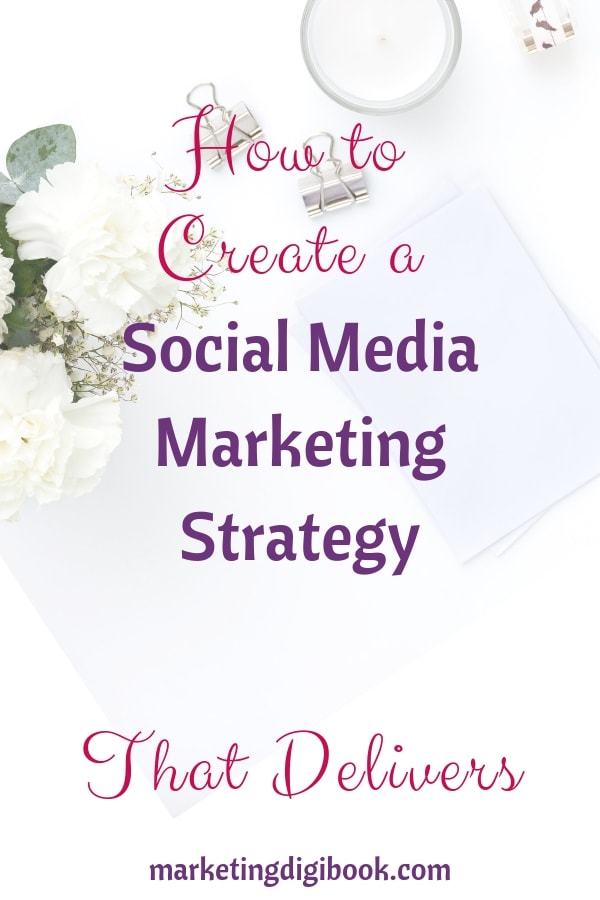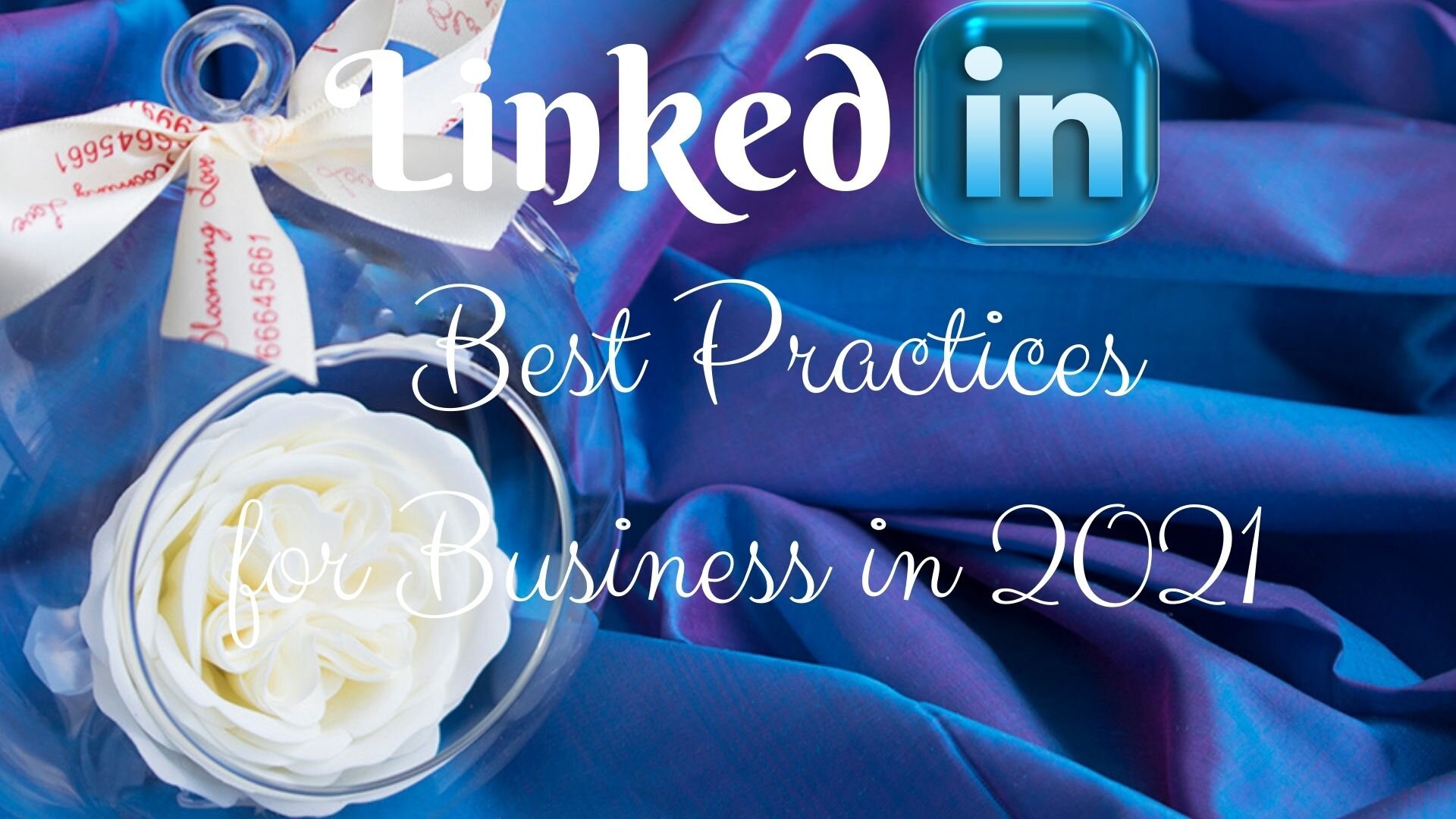This article was featured as one of the top digital marketing articles of the week by UpCity, a B2B review and ratings company targeting digital marketing agencies and various other marketing consultancy and service providers”.
Leverage social media content strategy to boost your business.
“Content is fire, social media is gasoline.” Jay Baer
Disclosure: This article contains affiliate links. If you decide to make a purchase using one of these links, I’ll make a small commission without impacting the price that you will pay. I recommend just services or products I find useful and that I have tested or currently use
For any company or brand to thrive, it needs customers as they offer valuable feedback when developing and launching products and they drive the sales required to grow the brand or company. Your customers or clients are the lifeblood of your business.
You need to find them wherever they are and grab their attention and eventually retain their loyalty for the long term. One sure place to find them is through social media. And an effective social media content strategy is a surefire way of earning and keeping customers.
Social media is a great tool that allows you to share bits and pieces of your business from anywhere in the world in seconds, it offers expanded opportunities for your brand’s interaction and with a well-calculated social media strategy, you can gain great brand awareness and become a recognized leader in your industry.
Let’s Make Your SEO & Content Work Better for Your Business
What Is a Social Media Content Strategy?
A basic social media content strategy definition would be a statement of intent outlining your brand’s goals and measurable objectives for using social media to achieve its communications purposes and identifying the supporting platform and tools it will use to achieve this. It must be actionable and have consumer-led insights as its aim is to ease creating content, conversations, and conversions.
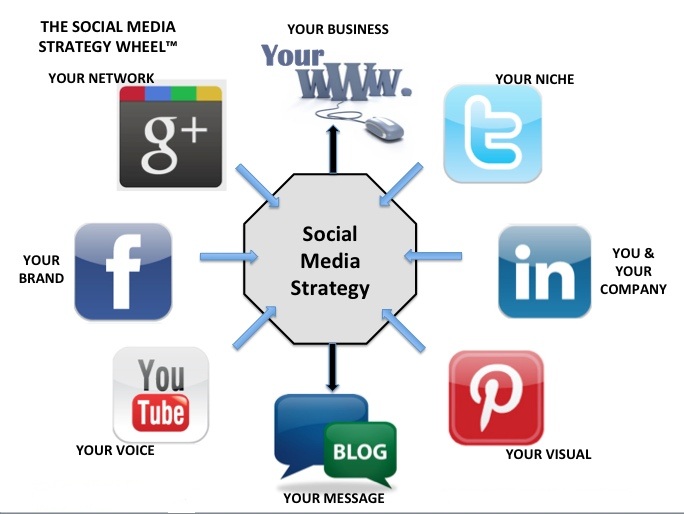
Source: Eduhousesolution
Why It’s Important for Your Business to Have a Social Media Strategy
You may personally not be active on social media, but you must understand that other businesses out there including your competition as well as your clients actually are on social media. It’s a place where conversations are started and held, it’s where influence is created and you miss out a lot if you’re not there. But your presence must be strategic to be able to reap the benefits.
Here are some key reasons why you stand to gain if you use a social media marketing plan.
I. Your Customers Are Active on Social Media
Technology has created a simple environment where people can access, use and share information anywhere and in any way they like. And whether you like it or not, the top social media platforms like Facebook, Instagram, Pinterest, or Twitter are part of many peoples’ (customers’) daily lives.
The detriment of having no social media presence or worse still, having an outdated and inactive account can leave you out of immeasurable potential. You can’t afford to lose all that by ignoring social media.
Recent statistics have shown that there are 4.59 billion social media users worldwide with an average of over 2.5 hours spent on these platforms daily. They also show that 73% of marketers believe that social media marketing is very effective and that 75% of social browsers use social media to research brands. 71% of consumers who have had a positive experience with a brand on social media are likely to recommend the brand to their friends or family.
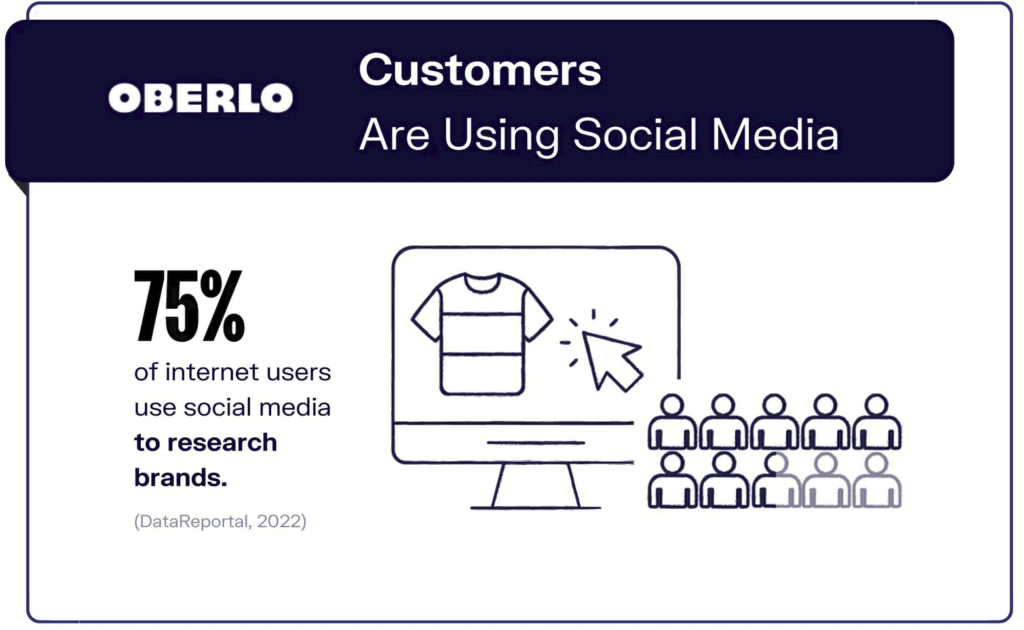
Source: Oberlo
This means more buyers are using social media to get reviews or recommendations about products or services and this is why you should, in fact, have a prominent social media presence.
II. Purchasing Decisions Are Influenced by Social Media
The initial era of social media was audience growth and engagement; the current era is driven by commerce and personalization. All major social media platforms have heavily invested in advertising solutions that attract marketers with the promise of advanced APIs, smarter targeting, and the ability to upload email lists to enable running personalized re-marketing campaigns.
You can for instance create campaigns and ads, manage your own audience data and be able to customize it for better targeting, and so on.
Why do you think they’re going out of their way to provide such solutions? It’s because as said above, there are over 4.59 billion social media users and 75% of social media browsers use social media to research products before making a purchase. Peer recommendation has an enormous influence on purchases if you’re able to identify the social platform that best suits your business.
For example, Facebook (which is the social media market leader with over 68% users) is best suited for people looking to share content and find promotions while Pinterest is great for people that are looking for inspiration and works exceptionally well with visual product storyboards.
So, a clear social media marketing strategy will help you understand the role of these networks and how to use them to understand your target customers, their buying cycles and preferences, and much more.
III. Influencers Are Impactful
49% of consumers claim that they depend on influencer recommendations on social media to inform them about their purchasing decisions. This is because influencers offer the authenticity that they’re constantly looking for. These users only promote relevant content to a targeted audience; if you’re a food brand looking for influencers then you’ll want to pair up with a food blogger or food Instagrammer. This will deliver your content to an already-defined audience.
These influencers can range from obvious celebrities to self-made social stars such as vloggers or top Instagrammers. You risk losing the mindshare of socially aware competitors who are going out in bold and innovative campaigns. Step up, be seen, and let your voice be heard.
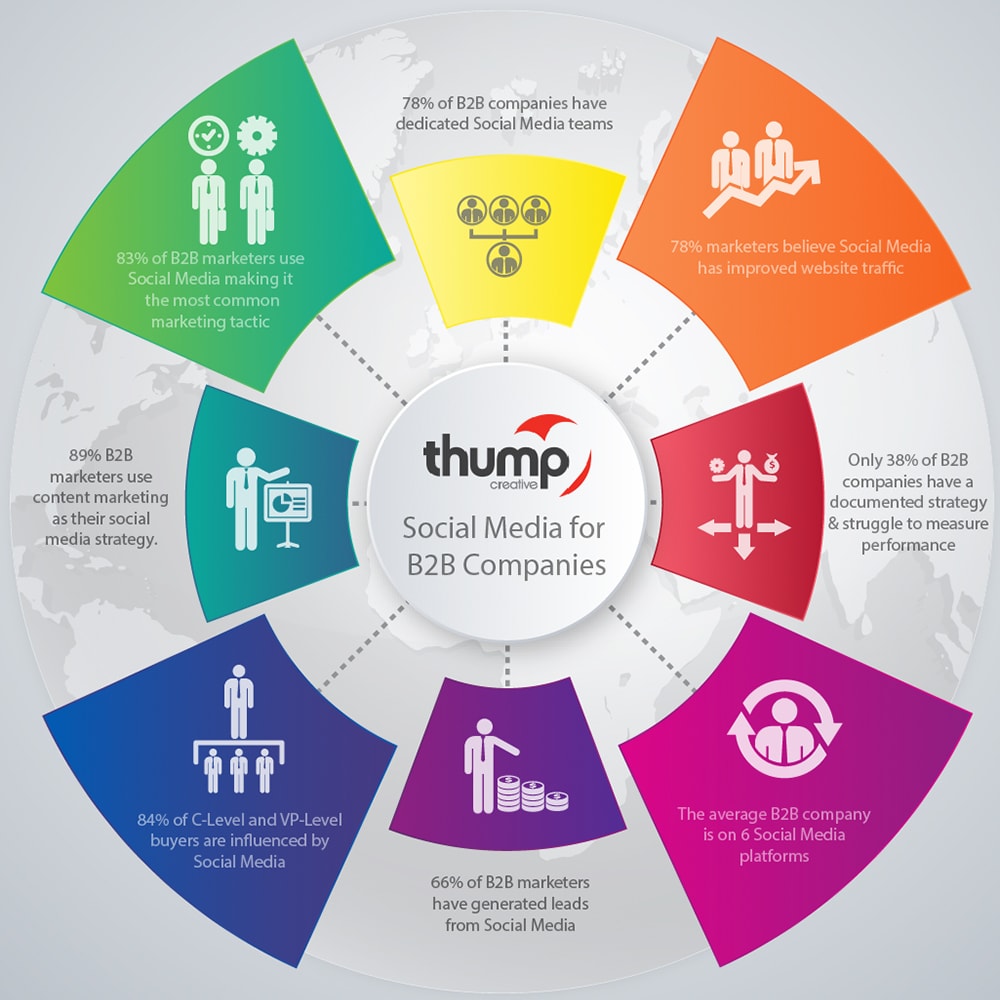
Source: Thumped
IV. It’s a Feeding Ground for Brand Insights
Is there a better way to gather information about your brand from your target audience than to listen to candid conversations that they’re having?
Social media allows you to “listen in” trending conversations happening within your target market relating to your brand as well as insights on what’s happening in your industry as well.
And guess what? It’s all for free!
V. Your Brand Becomes Human
Social media has changed the business environment by a great deal, this means you must also adapt to the changing expectations of your consumers. And one sure thing that has been changed is the fact that your consumers expect you to be more human, more understanding, and a solution-giver.
The reviews, comments, and recommendations offered on these platforms require you as a brand to be more candid. When you become more responsive to them, you create a world of authenticity that can’t be bought by any paid advertisement. What more could you ask for?
So, having understood why a social media marketing strategy is very beneficial to your business, of course then it means that you have to put in some work.
Here is how:
How to Create a Social Media Content Strategy from Scratch? Use the Following Steps:
1. Audit Your Current Social Media Presence
The word audit really can sound pretty scary, but it’s not, here it simply means the process of identifying all your company’s or brand’s social accounts as well as any impostor accounts and putting together key information in one document.
As you fill out this document, take into consideration what your initial goal for each account was, this will give you an idea of whether anything you’ve been doing in the past has been working or not and thus will guide what you do in the future.
Here are the main steps to take:
- Create a document for your audit, the most advisable is spreadsheets. Put down all your findings including the links to your profiles, the handles, the person responsible, the mission statement, etc.
- Track down all your accounts and list them.
- Ensure each account is complete and branded. This involves images, profile bios, handles, and so on.
- Identify your best posts.
- Evaluate performance using various social media analytics.
- Understand the audience for each network.
- List down the channels you think are working best for your brand.
- Centralize channel ownership and passwords to be able to control approvals and ensure security.
- Repeat frequently.
With this information at hand, you’re now ready to get deeper into your social media content strategy.
2. Set Smart Goals
Your social media marketing goals should as much as possible be aligned with your company’s overall goals. Marketing goals can vary greatly depending on the size of your business, your industry, your audience, and so on. But with that said, here are some common goals:
- Boosting brand awareness
- Increasing traffic to your website
- Lead generation
- Increase conversions
So when setting your social media marketing goals for 2023, apply the S.M.A.R.T goals criteria. They stand for:
- Specific
- Measurable
- Achievable
- Relevant and
- Time-bound
For effectiveness, break down each of the above goals and identify key metrics that you can use to measure their progress toward achieving their individual targets.
If for instance one of your goals is conversions, you’ll have to identify the metrics to track, these may include:
Page views – be it a blog, contact page, or any other landing page, you will need to know how many people visited your site. This is a great indicator of web traffic and the people checking you out.
Mobile vs. Desktop visitors – this will show you the types of devices people are using to visit your site; the information can help you improve your content, for example, start to design using mobile-friendly formats.
Page timings – This just shows how long your page takes to load, the faster the better.
Traffic acquisition – this will let you know how people got into your website, was it organic, social, or direct clicks? This will guide you on where to focus your energy.
Time on Site – This refers to how long people spend on your site per visit as well as peer page. A longer time is a good indicator.
This list really goes on and on but you now have a clear picture of how to go about it. This will ease the analysis process later and will also ensure you leave nothing out.
3. Know Your Audience – Research
Before seeking out your audience and before carrying out any social media strategy plan, you first need to identify who your primary consumers are. Among the questions you must ask yourself include:
- What age groups do you want to reach?
- What’s their average income?
- What are their common values?
- Where do they hang out?
These questions (and more) should help you create an avatar, which is an ideal person who would buy what you’re selling and therefore avoid spreading yourself too far. You should consider the platforms in order to invest in the right channel where your target audience hangs out the most.
One way to learn more about your audience is through social media analytics tools, another way is through customer surveys. Surveys are a great component of content marketing best practices. There’s no easier way of knowing which social media platforms your target audience prefers than finding out directly from them. Here are some of the questions you can ask:
- What’s your preferred social media site?
- Do you like to read blogs? If yes, which ones?
- What persons do you follow on social media?
All this information is important because besides understanding your brand and your target audience, irrespective of your business size, you have to keep in mind that most social media platforms have some degree of user fluidity that you need to keep abreast of, to ensure that all your brand efforts continue to reach your ideal consumers.
Platform demographics may shift in the future and with that shift, a brand’s social media content strategy should shift as well.
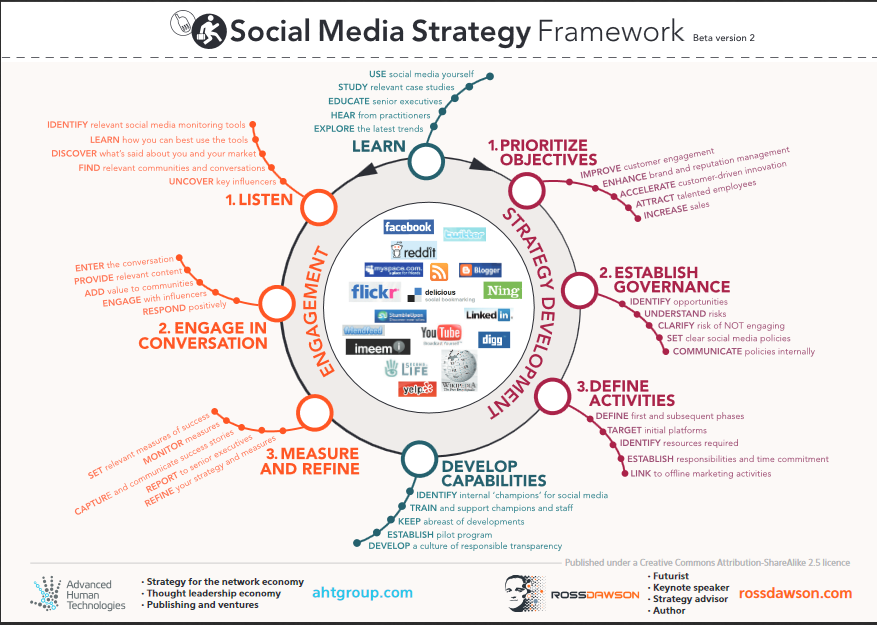
Source: Rossdawsonblog
4. Identify Key Success Metrics
Like any other business strategy, you’re going to need to find out if your efforts are holding any water as far as your business is concerned. So, what metrics will you use to evaluate the effectiveness of your plan?
Ideally, the goals you set above should guide the key performance metrics (KPIs) that will provide you with answers to whether you’re meeting your goals or not.
However, here are some key social media metrics that you can track.
- Reach – This is the most important of the metrics as it shows the number of people that saw your post across the social platform. It’s a great indicator of whether your content reached your target audience’s feeds.
- Clicks – This great metric will show you what creates curiosity or inspires users to buy. It gives you the number of clicks your content got.
- Engagement – This is the total number of social interactions divided by the number of impressions. It will give you an insight into how well your audience perceives you and their willingness to interact.
- Sentiment – this basically tells you how well you impressed your targets. It shows you how they reacted to your content or your brand.
- Hashtag performance – what hashtags were most associated with your brand? This will show you the hashtag that created the most engagement.
5. Analyze Your Competitor’s Social Media Approach
You most likely than not, have competitors, it’s important to know what they’re doing in their social media strategy. Why? Consider this as a social media strategy example, study them, and select the best ideas to apply to your own strategy.
The deal isn’t to copy or steal ideas, but rather inform you of what’s working and how you can design yours accordingly.
So, it will be good to know where their focus is in terms of target and how they’re approaching it. It’s advisable that you also conduct an analysis that will help you identify their strengths and weaknesses in order to gain a deeper understanding of your industry needs. This includes looking out for gaps that you can take advantage of.
So, how can you spot your social competitors?
Google is your friend. Thus, you can just type the most valuable keywords and phrases your industry uses and check what results pop up. After putting together your industry competitors you can use social media competitive analysis tools like Sprout Social or Social Blade to track their content. These tools can tell you the kind of content they’re posting and the tags they may be using as well as the frequency and times that they post. Are they using rich media or are they using comedy and so on?
All this is to give you an idea of what your market requires from you.
6. Content Creation
Your entire social media strategy is centered on content. But first of all, remember that this is all about social media. It’s a digital social place to hang out and not a market, so even before creating your content, have in mind that you need to strike the perfect balance between informative, entertaining, and promotional material.
Having established clear goals and identified your audience, will indicate to you exactly what kind of content will resonate with them. To help you keep your focus on what’s important; here is a brief list of the social content trends for 2019.
- Video content – Statistics show that 85% of internet users love video content and 88% of video marketers are satisfied with the ROI. All social media platforms have incorporated either live, long-form, or short-looping video formats in their channels. Short videos are winning.
- User-generated content – authenticity is the name of the game that you will never go wrong with. Consumers yearn for authentic content; this also means less work on your tray.
- Tell stories – nothing drives a point home than a well-told/ engaging story.
It’s also important to note here that while you’re preparing for your great, high-quality content, you must have identified the platforms that you will be using. It’s also important to have a social media calendar that lists the dates and times at which you will be publishing your content at each of the channels you have identified.
This ensures your posts are spaced out appropriately and published at the most optimal times.
Let’s Make Your SEO & Content Work Better for Your Business
7. Test and Evaluate
There is no specific social media strategy template to keep year after year, a lot keeps changing and this makes work look a lot like trial and error. But it’s important that you’re able to adapt your plans as you progress.
Consistent analysis of your metrics in real-time will give you clues on what needs to be tweaked and what needs to stay the same or vamped up.
Conclusion
Establishing yourself as a reputable presence in the social media marketplace can be a daunting task, and there are many approaches you can take to social media marketing, ideally, you should implement the above mix of steps to build the most effective social media marketing plan to help boost your results and leave your competitors in the dust.
So, what’s the best way to reinforce your social media strategy? Experiment with the above tactics, leverage the use of data and analytics and consistently optimize.
